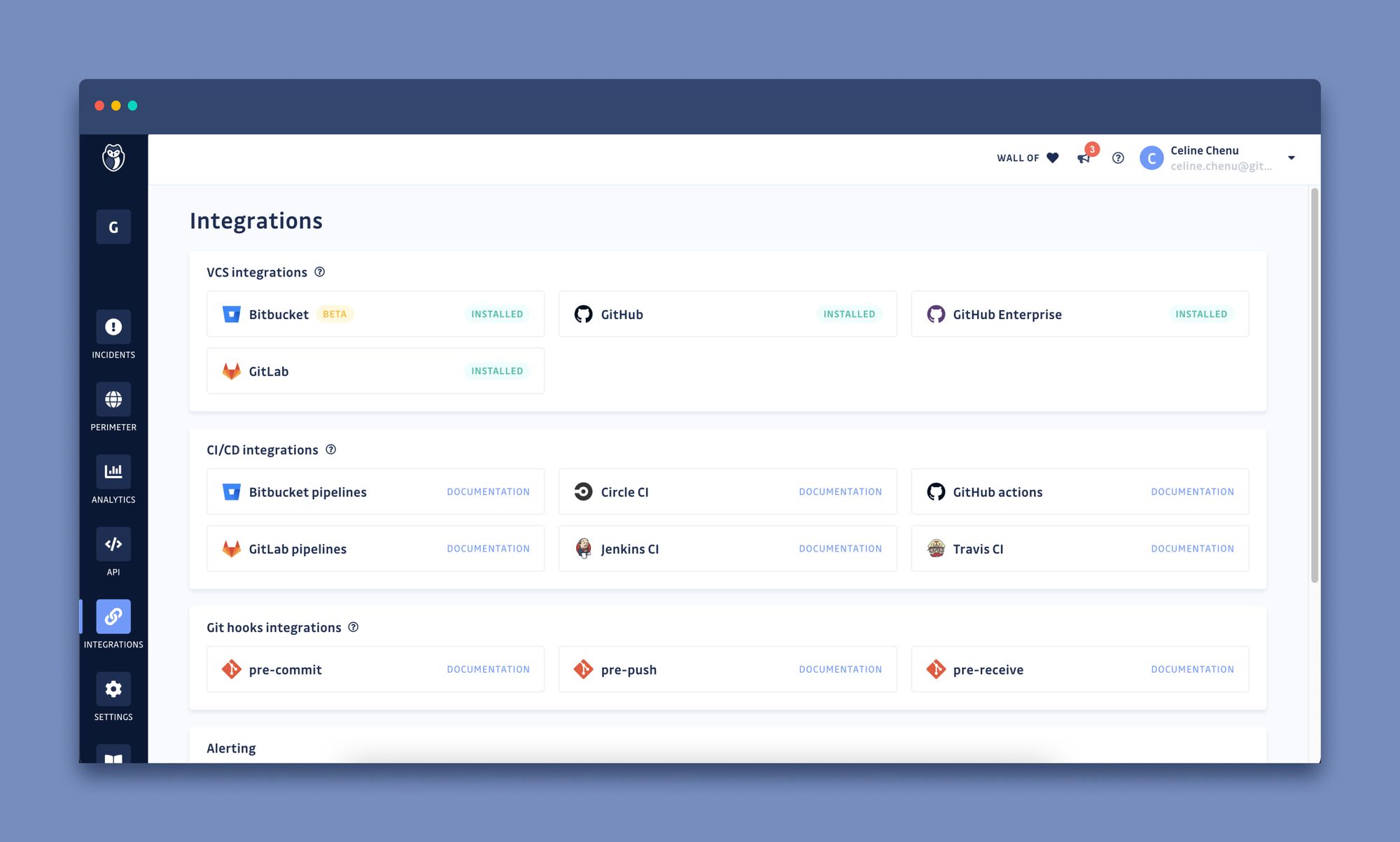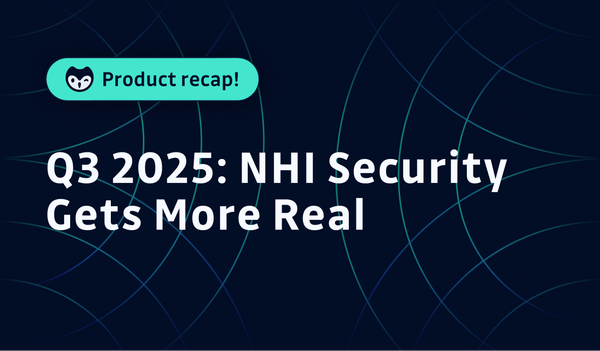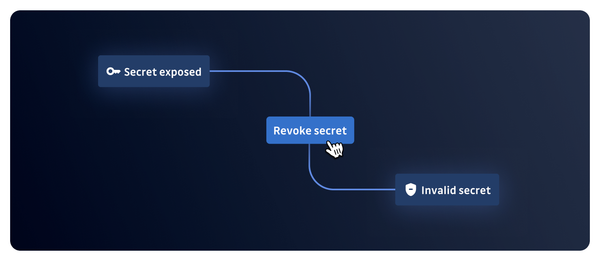At GitGuardian we aim to build solutions that fit into a developers current work cycle. We started with a tool that scans public GitHub and we have been expanding our list of products, integrations and functionality since, always with a focus on developers.
Our users have sent many requests to integrate GitGuardian with tools you are currently using, including many SIEM and CI/CD tools. You asked, and we listened. Today we are excited to announce new and improved integrations to help with keeping not just your code, but your entire SDLC secure and free from secrets.
You can now implement secrets detection directly into your preferred CI and even at the git hooks level!

What is GitGuardian Internal Monitoring?
Our internal monitoring solution integrates into your current git version control system. Upon installation it scans the entire git history and then scans every commit pushed to your repositories in real time. This ensures that any secrets mistakenly pushed to the repository will be immediately detected.
The new and improved integrations panel enables you to easily set up integrations with some of the most common CI/CD tools:
What’s more, you can harness GitGuardian’s secrets detection capabilities in your git workflow, before your code is even pushed to the VCS, and shift your security left. The following git hooks are supported:
- Pre-commit
- Pre-push
- Pre-receive
What about alerting integrations?
On top of our existing Slack integration and our Custom Webhook, we released new alerting integrations for Splunk, PagerDuty and Discord. Sending GitGuardian alerts to the tool of your choice has never been easier. If you need a specific integration do not hesitate to submit to our team.
The integration can be seen through the GitGuardian dashboard, if you want a demo of how this new feature will work for your organization, contact our sales team today
We have lots of exciting new updates coming, you can stay tuned to all of them by checking out our public roadmap.
You can also read more about CI/CD pipeline security best practices in this blog post:










